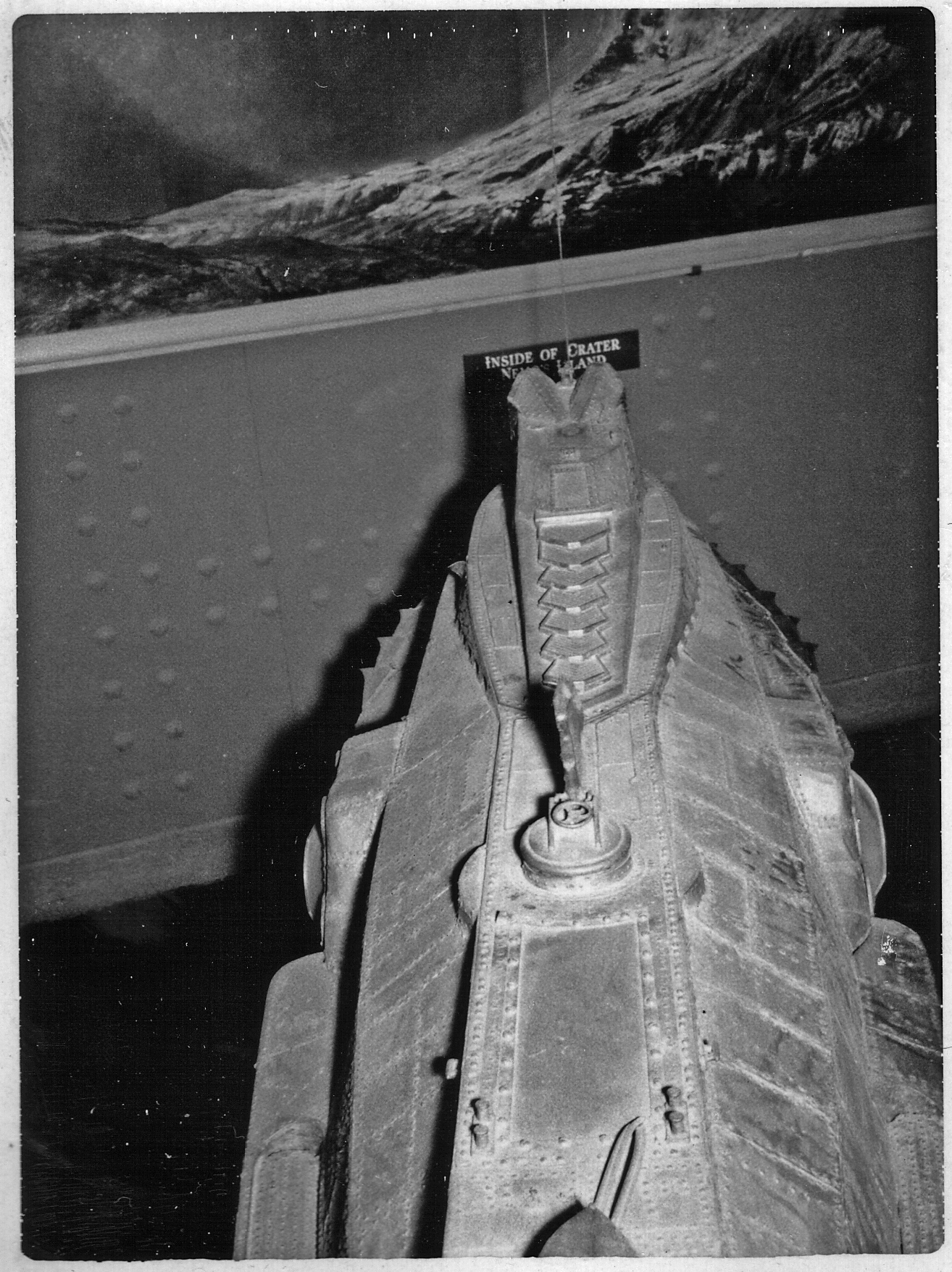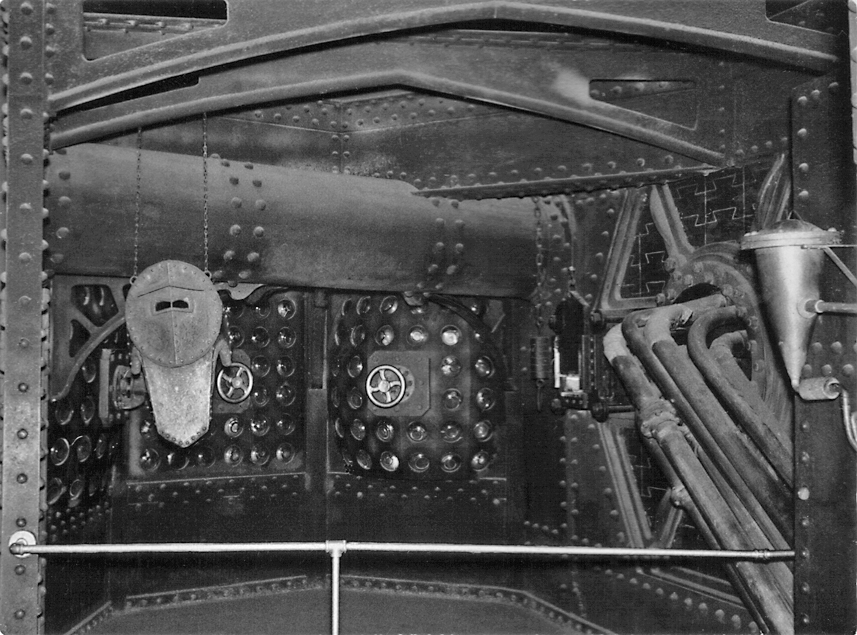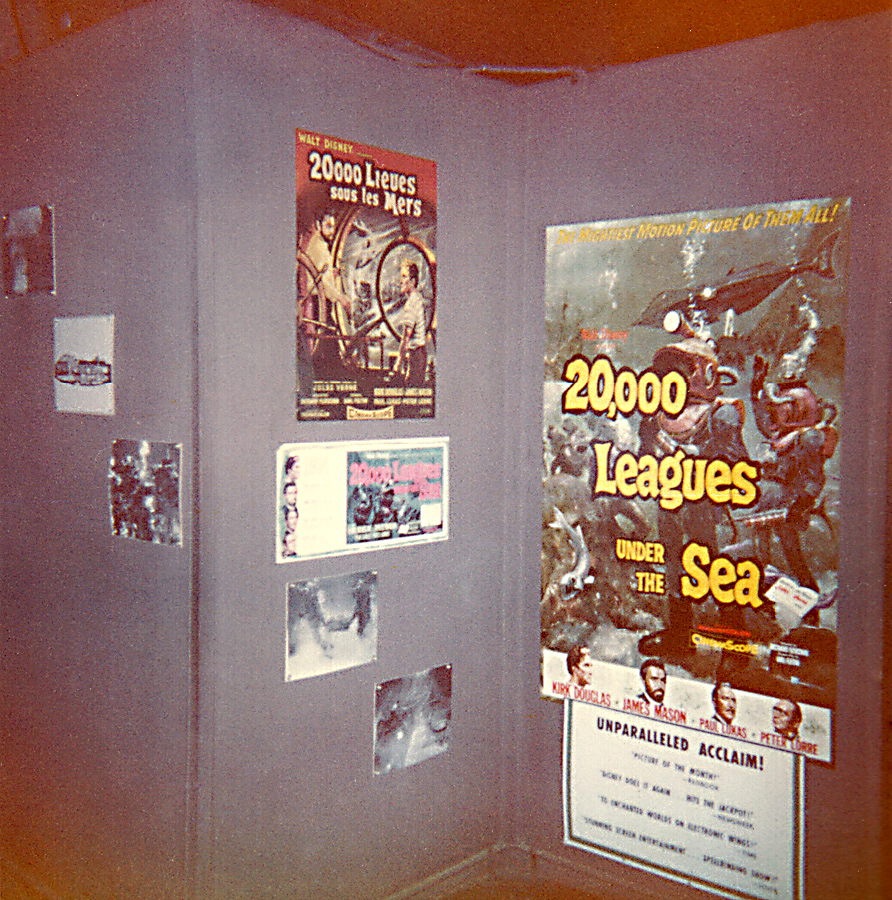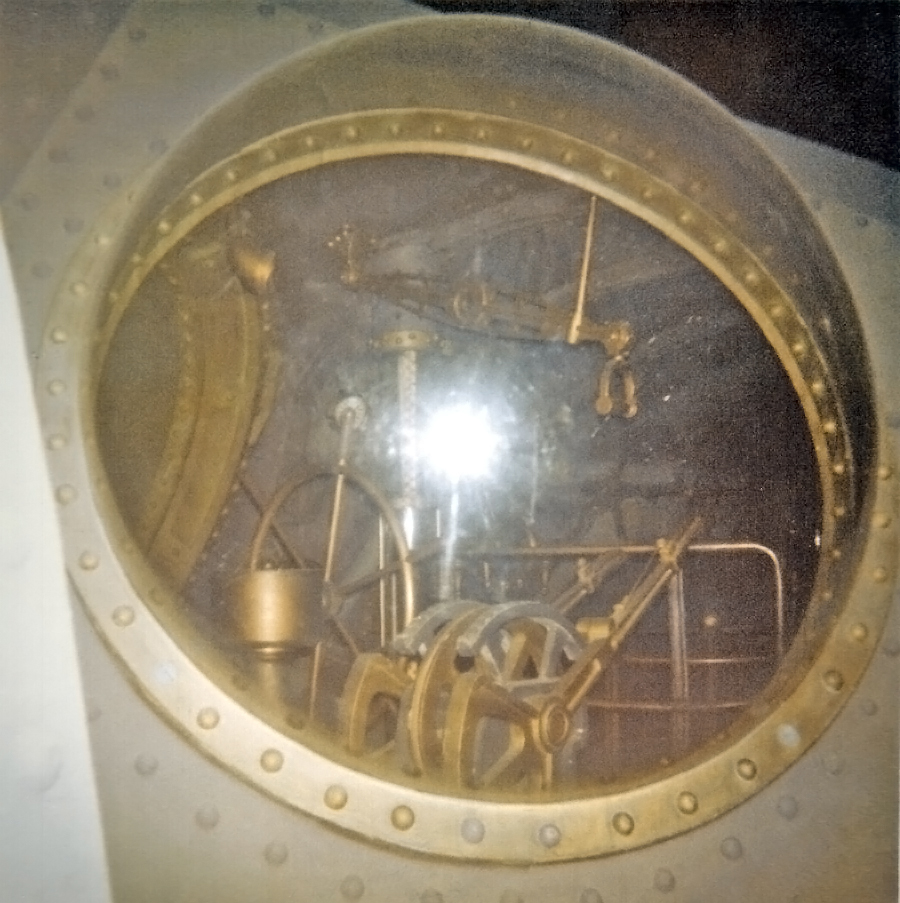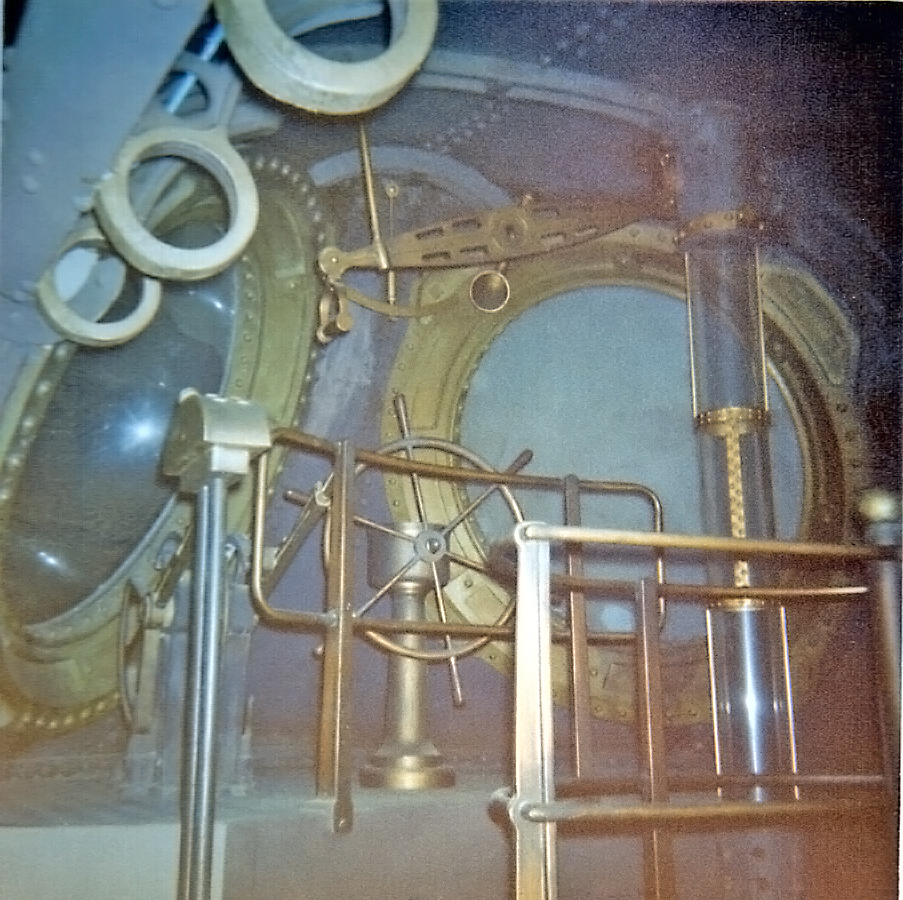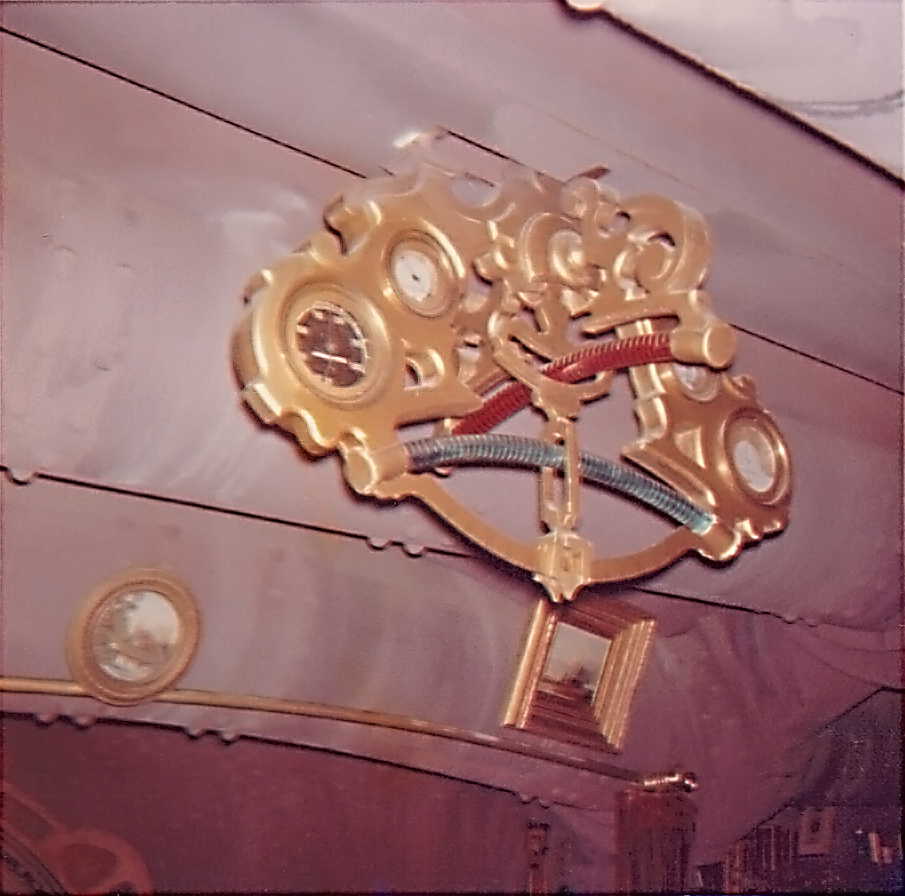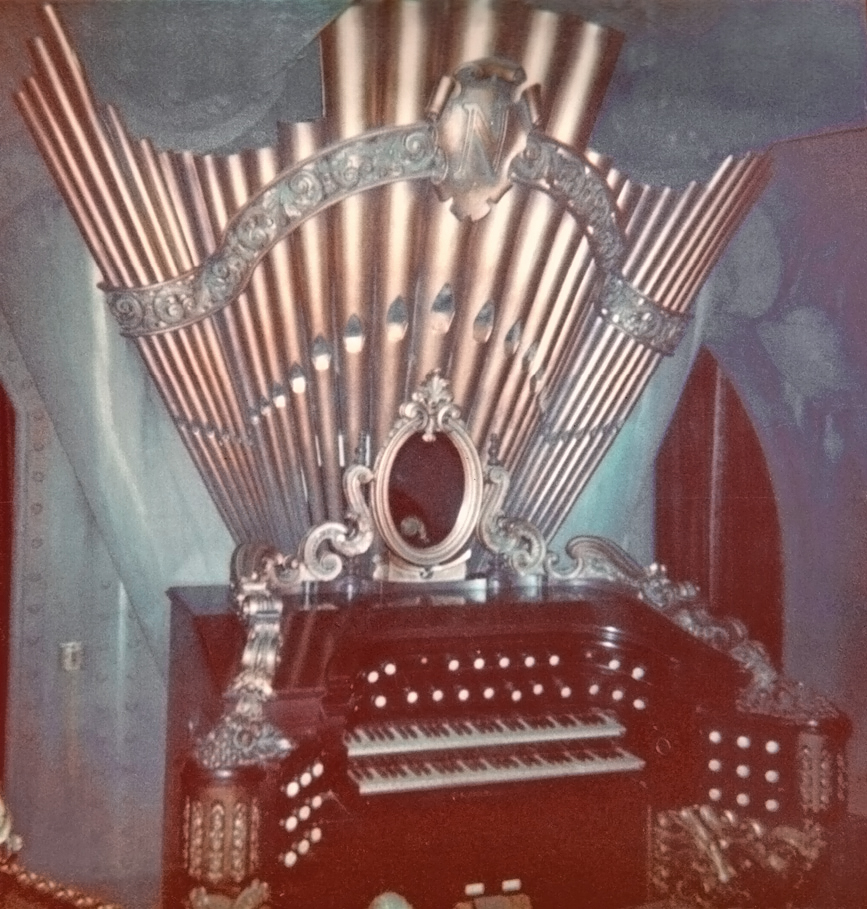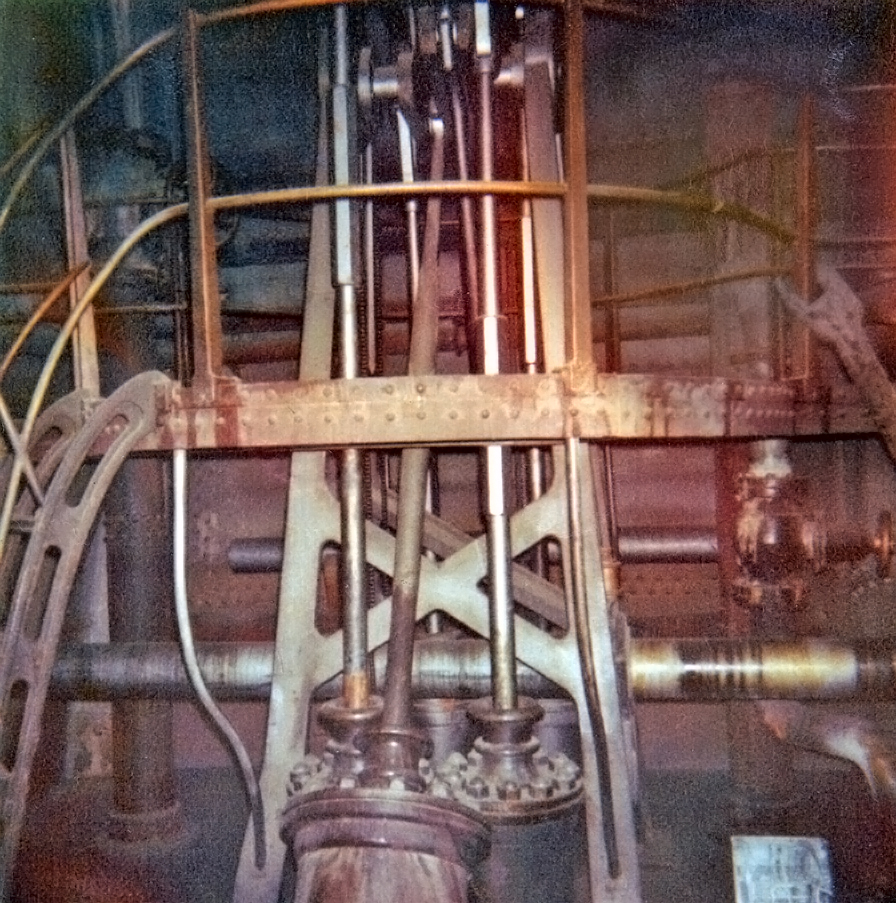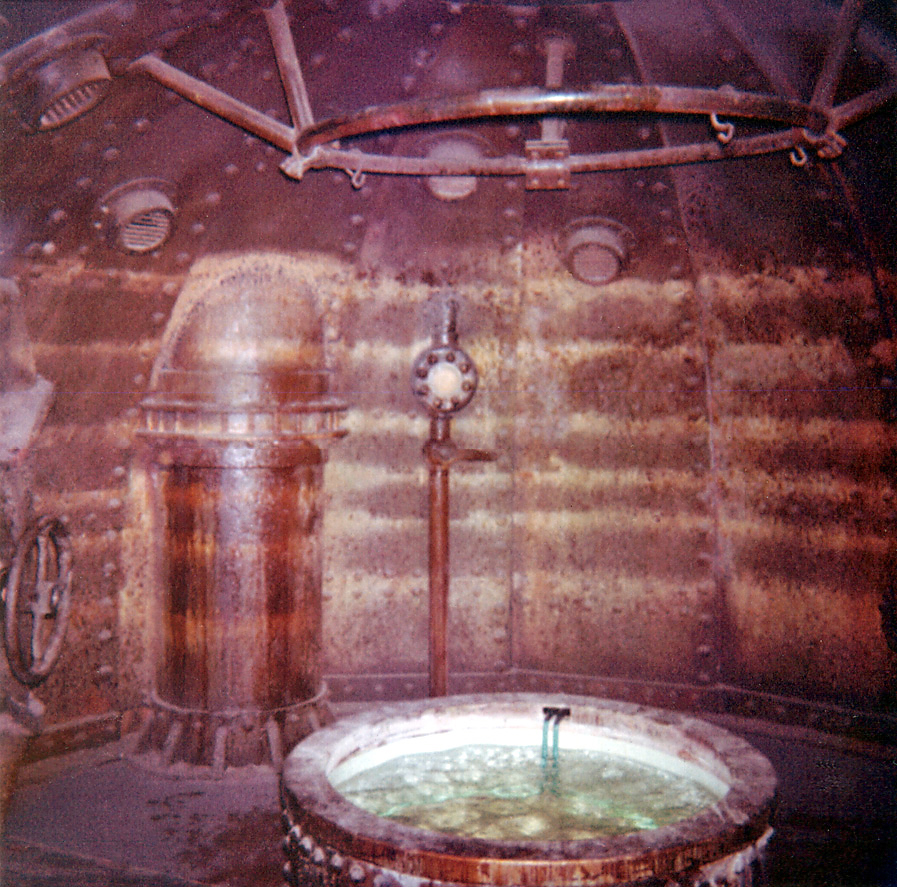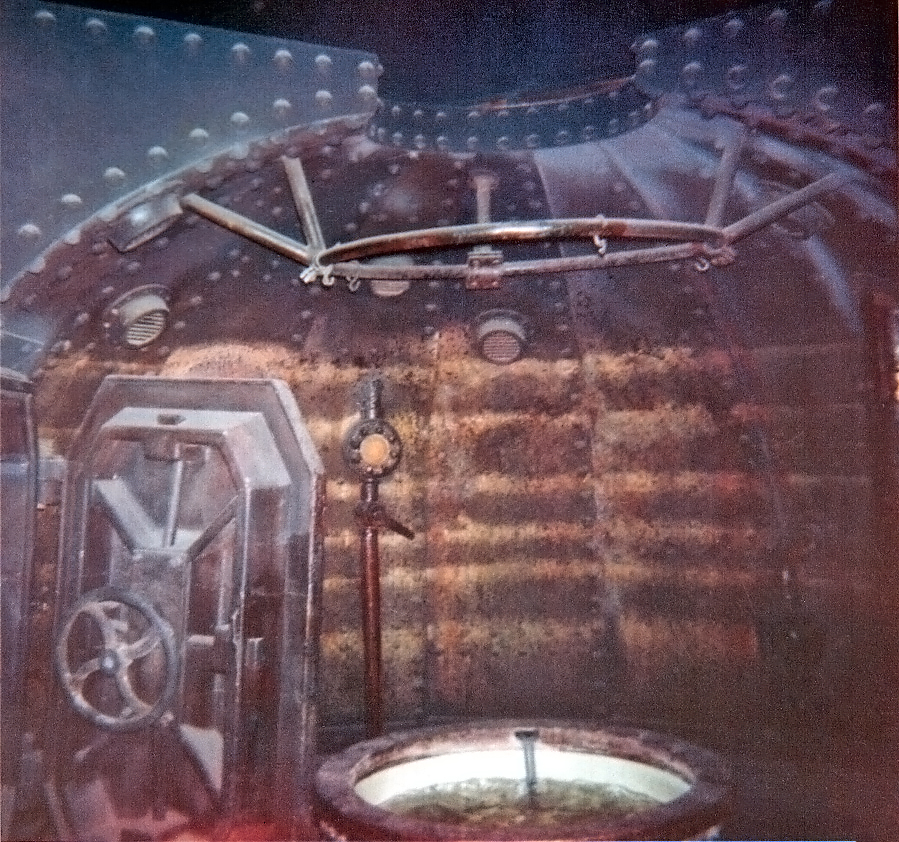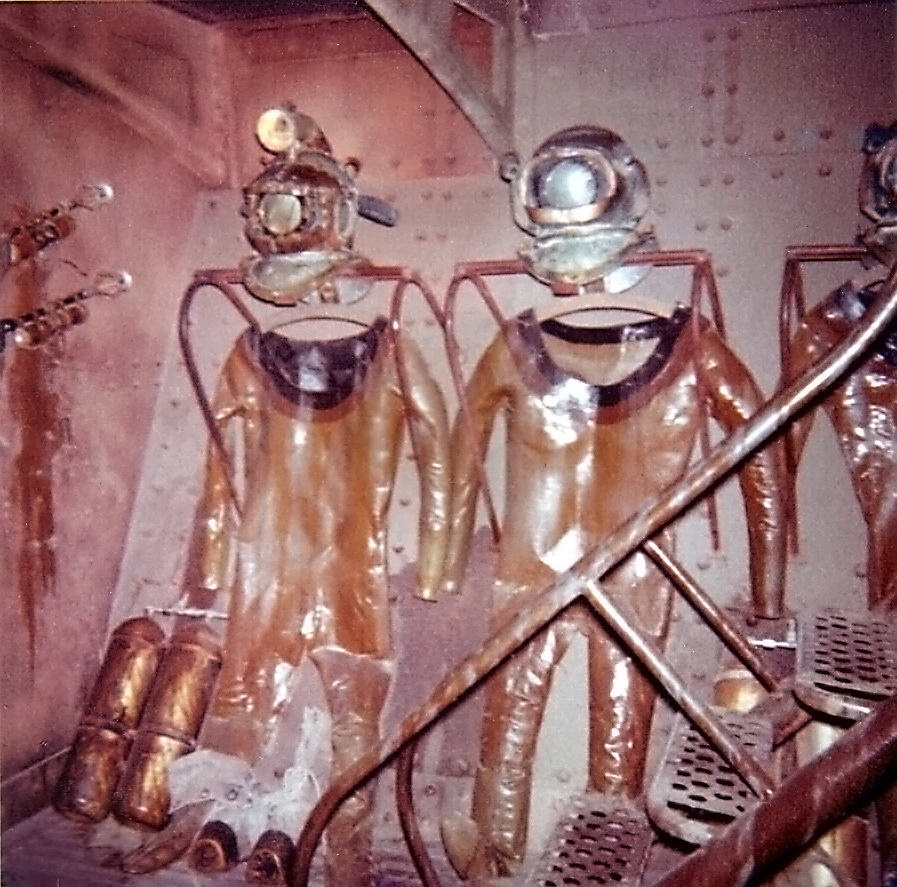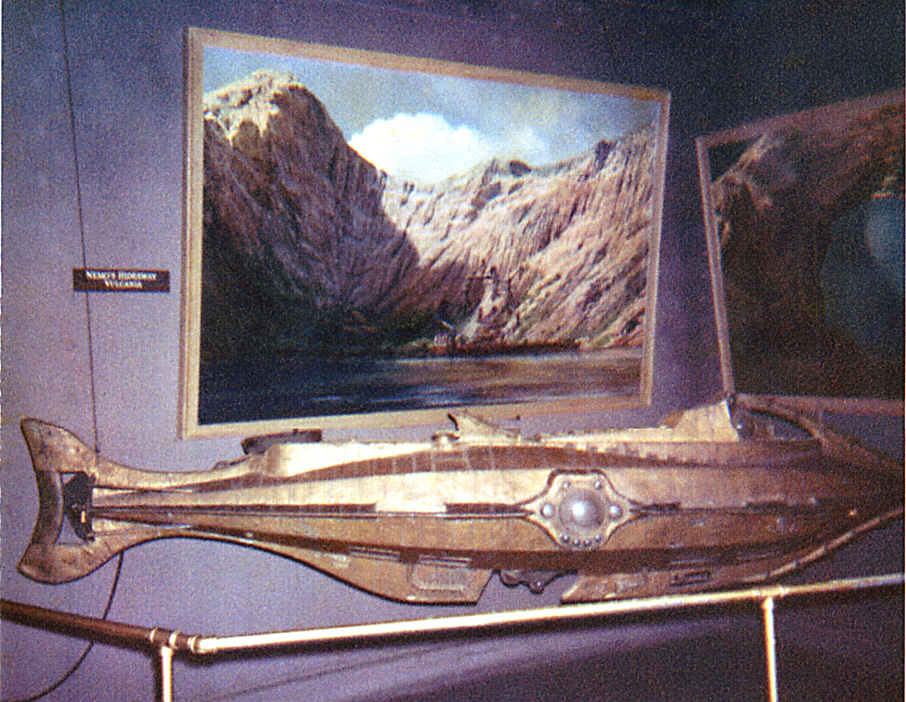Anaheim 20k Exhibit Personal Experience
My first Disneyland experience, if my calculations are correct, was around 1960. I was about 13 years old. The visit to Disneyland itself was a complete surprise. My mother had brought me to the airport to put me on a flight, but since we were a few hours early she decided on the spur of the moment to treat me to Disneyland.
The 20k exhibit was a complete surprise as well. I just stumbled upon it as we entered Tomorrowland. I had no idea it existed. Entry was only an “A” ticket, to boot! Inasmuch as both the Disneyland visit and the 20k exhibit were unexpected, I had no camera with me. (Cameras weren’t built into every electronic gadget in those days. For that matter, we didn’t have electronic gadgets in those days.) What I did take from that initial experience was a grim determination to return with a camera. I had occasion to revisit Disneyland and the exhibit maybe four or five more times before 20k was shut down permanently. Of course, I was young and poor, so even on subsequent planned visits I had very basic equipment. The cameras I had access to over the course of those visits consisted of a Polaroid (only b/w film at the time) and a couple models of Kodak Instamatics.
Shooting pictures with the Polaroid was a logistics/juggling operation. This Polaroid had a flashgun accessory that used one-shot flash bulbs, so the first step for indoor photography was to load a flash bulb. After snapping the shutter, a paper tab had to be pulled out the end of the camera body to advance the film and spread developer over the exposed frame. While waiting for the photo to develop, you had a little time to dispose of the paper-and-film carrier you had just pulled out of the camera and torn off. After 60 seconds (with later advances in technology, reduced to 10 seconds) the back door of the camera was opened and the developed photo was peeled off its film base. Then the photo had to be coated with a quite aromatic fixer from a saturated sponge-type squeegee provided in a capped plastic tube. My father had come up with a miniature clipboard-and-paper-tablet arrangement for this operation. Since the photo was curled from being on a roll, it was advantageous to scrape the backside of the photo over the edge of a table to help flatten it (sort of the reverse of curling a ribbon). After each application, the squeegee had to be reinserted in the tube and recapped while juggling the clipboard, camera, and camera bag. The fixer took several minutes to dry, during which time the photo had to be held away from contact with any other object or source of particulate contamination. (It was actually a matter of hours before the coated photos wouldn’t stick to each other when stacked.) Then, you had to figure out how to carry all the photos you had shot. And dispose of the spent flash bulb. Polaroid film at this time had eight exposures per roll, so you had to carry a few rolls for any serious shooting. And a supply of flash bulbs.
Kodak point-and-shoot Instamatics were much easier to work with, the penalty being the results of your attempts at photography were unknown until the roll was developed, and the camera lens was cheap and fixed focus. Flash bulbs for this model were the little “jelly bean” style. Film came in 12-exposure rolls. The only “photographic trash” was the used flash bulbs and the empty film boxes. Exposed rolls tucked conveniently into jacket pockets.
Were we talking about something else? Oh, yes… the 20k exhibit. The b/w photographs seen here are the Polaroids, and the color photos are the Kodak Instamatics. These photos were the result of probably three separate visits. The paintings hanging on the walls were the actual Ellenshaw matte paintings made for the film. The areas of the paintings that had been left open for filming the live action beyond were filled in with subsequent artwork for display in the exhibit to simulate what was seen onscreen. You’ll notice that these paintings move around between visits. The exhibit interior was dimly lit, one reason being to hide the “studio quality” of the set pieces, another reason probably to simulate the light levels aboard the Nautilus, another reason to minimize fading and heat resulting from higher light levels, and yet another reason to enhance the brightness of the light from the “furnace door” as it opened and closed. Separate audiotapes in each area of the exhibit played in continuous loops, narrating and explaining the various sets and connecting them to various scenes and characters in the film. On the floor of each set there was also a b/w 8x10 or 10x12 blowup of a scene from that set, mounted on a hard backing with a rear prop-up leg, much like family photos sitting on a table in someone’s home.

The first displays encountered upon entering were the Golden Arrow scale model paddlewheel steamer (with paddlewheels spinning) hanging from the ceiling and a window into the exhibit’s central core, revealing a diorama of the Nautilus in its “final resting place” at the bottom of the sea, buried up to its deck. This diorama was even more dimly lit than the rest of the exhibit. The backdrop was a vague underwater scene, appearing to have parts of another sunken sailing vessel beyond. The full size Nautilus exterior deck set from the forward raker arch back to some point just behind the wheelhouse was illuminated by a rippling wave pattern of soft light. The viewing windows were oriented with exacting precision to frustrate any attempt to see back to where the deck set had been cut off, and to foil any quality photographic efforts.
The recorded voice then guided visitors past the wheelhouse and chartroom, then through a short section of passageway to pass by Aronnax’s cabin. The “chartroom” was more of a hodgepodge of the basic shell with props placed to work with the arrangement dictated by the exhibit layout and the displacement of adjoining sets. For example, there was no stairway leading up to the main (sliding) hatch. The control for electrifying the hull had been moved from starboard aft to port forward. And a roller map had been moved from elsewhere in the set onto the “forward” wall. The twin longitude/latitude gages from Nemo’s cabin now hung from the chartroom ceiling.
Just past Aronnax’s cabin a short bend in the passageway opened into the main salon, with Nemo’s pipe organ at the far end, as the salon is first seen in the film. The portside viewport (on the right as you pass through) was open, revealing the giant squid outside. Its arms were suspended by wires, slowly undulating up and down by motors out of sight above. The starboard viewport was closed.
After exiting the salon (through an opening where I believe a desk was in the film) we encountered consecutively the pump room, the diving chamber, the dive suit fitting room, and the power chamber. The well in the diving chamber was filled with water, and a blue-green neon light lit it up from below. The suit fitting room had footprints painted in clear gloss on the floor to look like a returning diver had just tracked through. A double-angled ladder in the fitting room had replaced the spiral stairs from the movie. In the power room the “salad bowls” were lit up, but not as brightly colored or as animated as they appeared in the movie. The reactor door was cycling slowly open and shut to reveal the “ultimate power of the universe.” The emerging light was quite bright, but may have been ordinary sunlight (although, if so, they must have lit it another way after dark).
Finally, a couple more windows into the central core offered another angle to view the Nautilus in its final resting place. A collection of movie posters and stills from the movie were posted on the wall adjacent the windows, AND… the coup de grace: the 11-foot Nautilus hero opposite the viewing windows, hanging from the ceiling. A railing around the viewing side of the “miniature” and the proximity of the opposite wall frustrated attempts to get a good full-on side shot of the hero, so any unobstructed photos had to be oblique to the model’s centerline and composited from two or more shots. I suppose anybody with a sufficiently wide-angle lens could have accomplished it in a single shot, but that introduces its own distortion.
There was no limit on time spent inside the exhibit, and traffic was generally light, so one could loiter and backtrack to one’s heart’s content. My greatest frustration was the lack of good photographic equipment, the way-too-late familiarity with technique that I now have, and the hindsight that these treasures wouldn’t be available forever.



